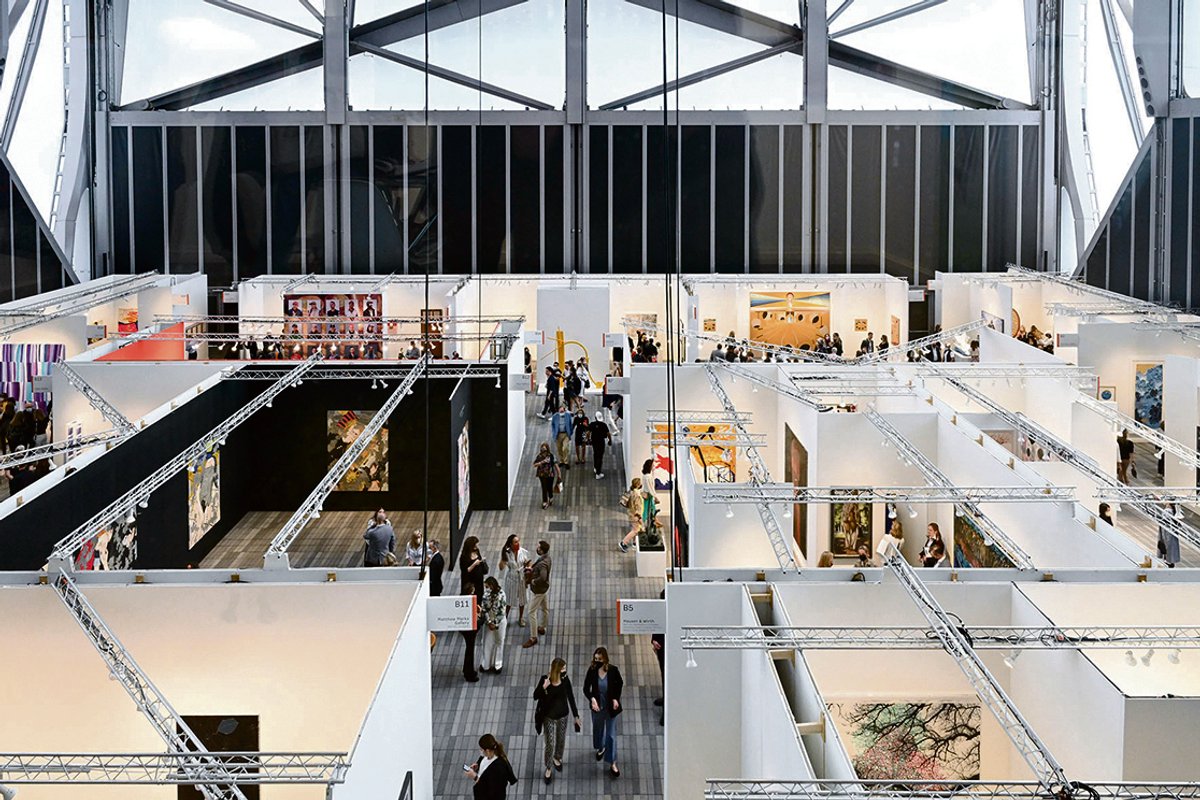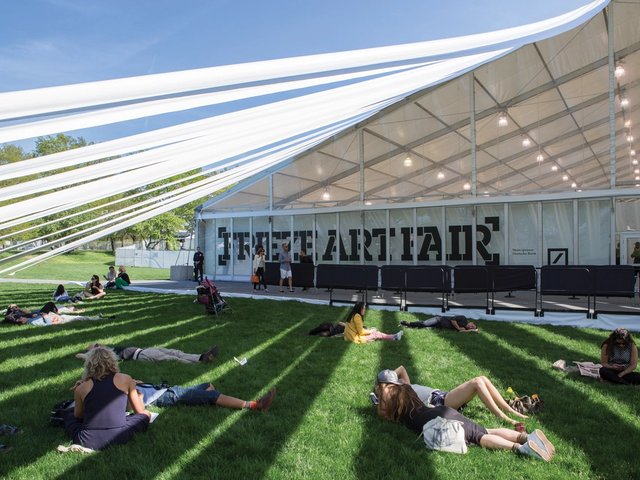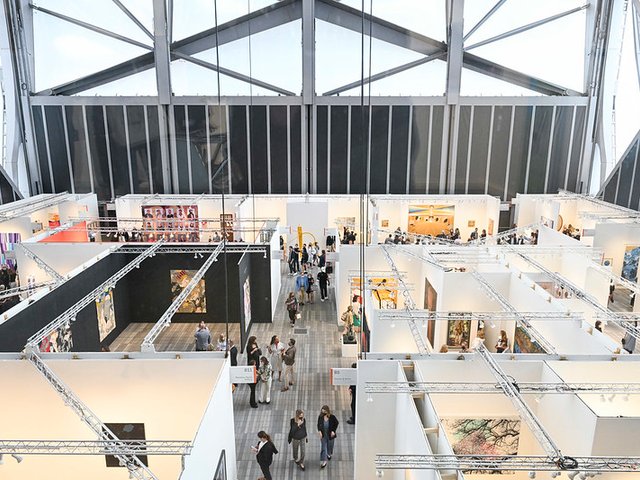Frieze New York returns for its 11th edition, and dealers are hoping it will help spark momentum for what some describe as a slow start to the year, with bank failures, rising interest rates and the war in Ukraine causing some collectors to rein in purchases.
“New York is a noisy place,” says James Cohan, a Manhattan dealer. “A fair like Frieze gives everyone an opportunity to pause and focus. A solo presentation really highlights that opportunity to everyone’s benefit.” This year, Cohan’s stand will be devoted to new paintings by Brooklyn-based artist Naudline Pierre.
Exhibitors this year include mega galleries such as Gagosian, Hauser & Wirth, Pace and David Zwirner, as well as New York mainstays such as Alexander Gray, 303, Ortuzar Projects and Tanya Bonakdar. First-timers include Derosia from New York, Silverlens from Manila (which expanded to Manhattan last year), and Arcadia Missa, Emalin and Tiwani Contemporary from London.
With 60 stands, the fair is much the same size as the previous two years and in line with the maximum its venue, the Shed, can hold. In its last year at Randalls Island in 2019, it hosted 190. The New York fair is now Frieze’s smallest, but organisers and dealers say the central location and smaller size make it more accessible.
“There is a sense of intimacy” at the Shed, says Christine Messineo, the director of Frieze New York. “We’re so close to Chelsea, we’re an easy cab ride to Tribeca galleries.” As a result collectors often make multiple visits, which can boost sales, dealers say. Many galleries present solo stands, which Messineo says helps make the fair a place to discover new artists.
Still, Frieze is part of an increasingly crowded art fair schedule. Tefaf and the Independent fair take place in New York just days before Frieze begins, while Art Basel in Basel starts a few weeks later. The number of concurrent satellite fairs has also bounced back fully this year, with the 1-54 Contemporary African Art Fair, Nada, Volta and several others vying for collectors’ time and money.
Frieze, which overlaps with many of the top auction houses’ marquee spring sales, is “very well timed to bring a wider audience. The size is also very good. Visitors are much more able to focus and visit the floor rather than rushing through,” says Tina Kim, a New York-based dealer. Her stand highlights work by Filipina-American artist Pacita Abad, South Korean artist Mire Lee and Mexican artist Tania Pérez Córdova.
Frieze New York is also an important venue for out-of-town dealers looking to connect with the city’s collector class, according to Courtney Willis Blair, the senior director of White Cube’s forthcoming outpost in the city. At Frieze, the gallery is showing a selection of work from artists such as Tracey Emin, Theaster Gates and Günther Förg. Willis Blair says it has “always been an important fair for us, especially in making real inroads into such a crucial market”.




